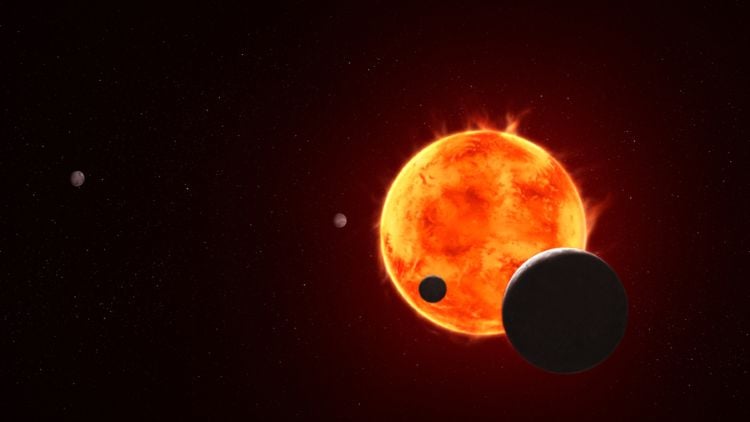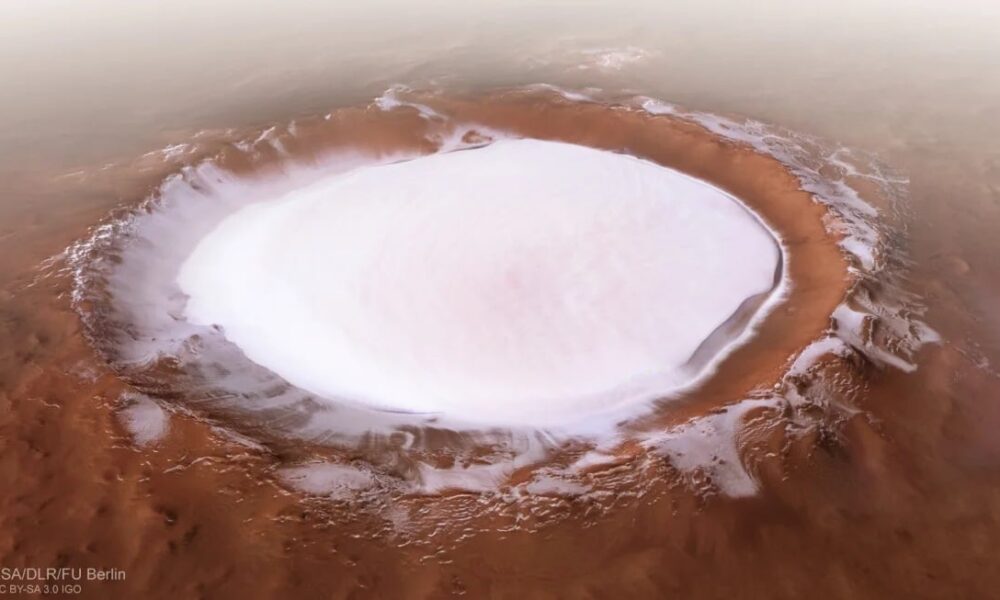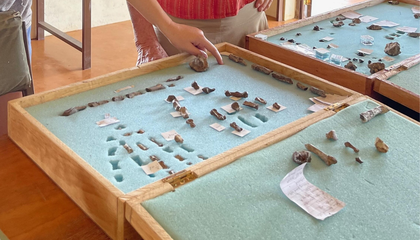Researchers are investigating the presence of life in the clouds of exoplanets by examining microbial biosignatures. A recently submitted manuscript details how a team of scientists explored methods to identify these biosignatures in the atmospheres of distant planets. This study may significantly enhance the tools available for discovering life beyond Earth, whether it resembles known life forms or not.
The research involved a series of laboratory experiments with seven microbial strains collected from Earth’s atmosphere. The selected strains included Modestobacter versicolor, Roseomonas vinacea, Micrococcus luteus, Massilia niabensis, Noviherbaspirillum soli, Curtobacterium aetherium, and Curtobacterium oceanosedimentum. Utilizing spectroscopy, the researchers analyzed the light reflected by these samples to determine if their spectral features could serve as indicators of biosignatures in exoplanetary environments.
The findings revealed that each microbial sample displayed distinct biosignatures, which could potentially be identified in the atmospheric clouds of exoplanets. The study concluded, “Here, we present an additional path for searching for life on Earth-like exoplanets: the search for biopigments as signs of life in clouds.” The researchers emphasized that the reflectance spectra of aerial microbes provide critical references for detecting and interpreting potential biosignatures in the light reflected from Earth-like exoplanets during future explorations.
Historical Context and Future Missions
The motivation behind this study draws from historical research, notably a 1976 study by American astronomer Dr. Carl Sagan and Australian-American astrophysicist Dr. Ed Salpeter. They theorized the possibility of life forms existing in the clouds of Jupiter, proposing four categories of organisms: “Sinkers,” “Floaters,” “Hunters,” and “Scavengers.” These organisms were thought to inhabit various ecological niches within Jupiter’s atmosphere.
Additionally, the study connects with the upcoming Habitable Worlds Observatory (HWO), a planned space telescope set to launch in the 2040s. This mission aims to utilize spectroscopy to analyze 25 habitable exoplanets for potential biosignatures. The researchers suggest that the microbial biosignatures they identified could be detectable by HWO, furthering the search for life in the universe.
Current Exoplanet Research
NASA’s James Webb Space Telescope (JWST) has already made strides in this area by using spectroscopy to study various exoplanet atmospheres, including WASP-39 b and WASP-17 b, located approximately 700 and 1,324 light-years from Earth, respectively. JWST detected significant components, such as water, carbon dioxide, and carbon monoxide, in the atmosphere of WASP-39 b, while quartz particles were found at high altitudes in the atmosphere of WASP-17 b.
Recent studies published in The Astrophysical Journal Letters focused on the atmosphere of TRAPPIST-1 e, an Earth-sized exoplanet situated about 41 light-years away. These studies did not yield definitive conclusions regarding the existence of an atmosphere around TRAPPIST-1 e, highlighting the need for continued research in this area.
As scientists push the boundaries of our understanding of life in the cosmos, the quest to uncover biosignatures in exoplanet atmospheres and clouds will likely yield new insights in the coming years. This research exemplifies the ongoing commitment to exploring the unknown and expanding our knowledge of the universe.







